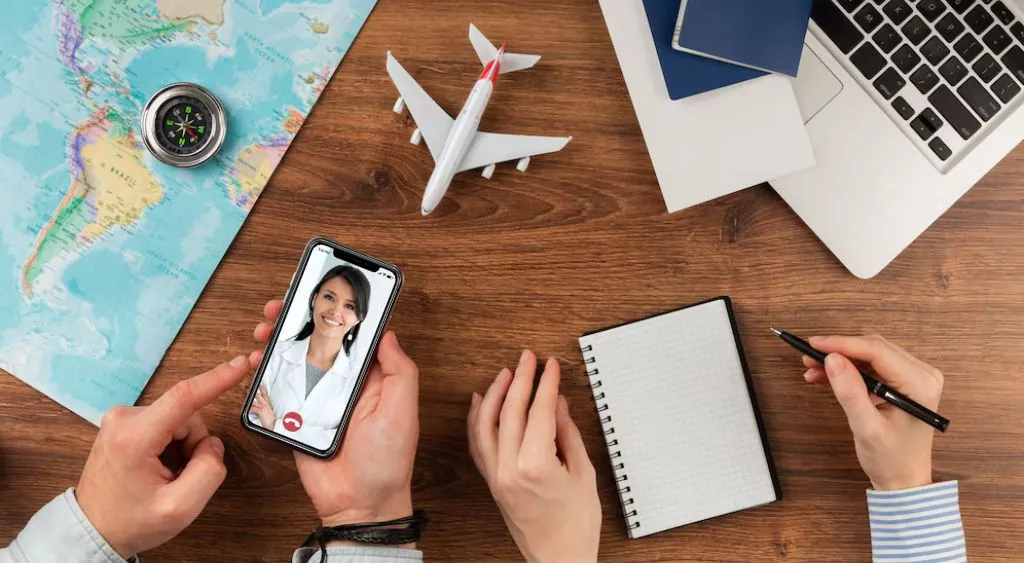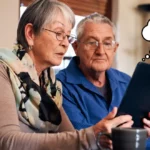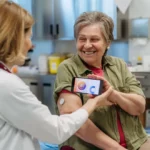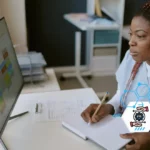Benefits of Remote Patient Monitoring During the Holiday Travel Season

The holidays bring joy, travel, and family time—but for patients with chronic conditions, they also bring health risks and care disruptions. Remote Patient Monitoring (RPM) provides continuous oversight, helping providers deliver safe, proactive care while patients are on the move.
Holidays are all about family, travel, and excitement! To take a break from their monotonous routine, people often travel to far off destinations to soak in the sun or take some well-deserved rest from work. However, the holiday may bring some trouble for chronically ill patients who may need to visit their healthcare providers regularly or need consistent care and monitoring.
Thankfully, remote healthcare has become a lot easier, convenient, and accessible with the help of Remote Patient Monitoring (RPM). RPM helps healthcare providers to collect and analyze the vitals of their patients outside of a traditional clinic setting. Cellular medical devices help track and report crucial health parameters in real time through a 4G based connection. The real-time monitoring works to improve health outcomes and boost patient engagement, all the while, avoiding potential health issues during holiday travel.
Table of Contents
ToggleThe Importance of RPM During the Holiday Travel Season
1. Continuous Health Monitoring- Anywhere, Anytime
Whether you are traveling for a long vacation with the family or a short weekend trip, you’ll likely witness a change in climatic conditions, modification in routine eating patterns, change in time zone, variation in sleeping hours, and increased stress levels. All of which, can lead to severe health complications, especially for those with a compromised immune system or illness.
The continuous monitoring by healthcare professionals and keeping track of the health metrics; RPM provides several advantages that promote better outcomes for patients, even when they are on the move.
2. Fewer Medical Emergencies
Traveling during holidays exposes one to an unfamiliar environment and change in routine, which often results in a rise in medical emergencies such as blood pressure spikes, asthma attacks, and changes in blood sugar levels.
RPM allows healthcare providers to identify irregular health patterns and make timely interventions whenever needed. Patients can get access to modified treatment plans and online consultations from their physicians, thereby keeping the medical emergencies in check.
3. Personalized & Data-Driven Care
During the busy holiday season, remote patient monitoring provides personalized and data-driven care to chronic patients. Instead of waiting for a scheduled doctor’s appointment or going to an emergency room, patients can continue to receive remote care based on their real-time health data, including:
- Heart rate
- Blood pressure
- Blood glucose
- Oxygen saturation
- Sleep patterns
Keeping a check on these vital parameters allows a healthcare provider to understand how the patient’s body is reacting to all changes in environment, diet, and physical routine while traveling.
4. Peace of Mind for Both Patients & Caregivers
Holidays tend to bring a lot of stress for caregivers who are usually worried about whether their patients will remember to take their medication on time and avoid the triggers that can cause medical emergencies. RPM provides clinical staff with the ability to send medication reminders and notification alerts. In turn, this delivers peace of mind for both patients and their caregivers, ensuring their health status is always under surveillance.
5. Enhanced Patient Provider Communication
One of the main benefits of RPM during holiday travel is, it allows seamless communication between the patient and provider. The RPM software enables the physician and patient to communicate through a variety of three separate methods. One, an SMS-based capability with a built in AI-translation to take care of bilingual patients. Two, a video call done through the portal for a more personal preferred approach. Three, a traditional phone call.
These three methods work to combat in-clinic visits with limited visiting hours. Additionally, it allows more convenient medical consultations, follow ups, continuity of care, and treatment plan modifications. Overall, this result in a better patient-provider relationship where the patients remain more engaged in their health management.
Key Takeaways
- RPM ensures safe travel and continuous care during holidays.
- Providers can monitor vitals remotely, reducing risks.
- Patients benefit from better adherence and peace of mind.
- Unified platforms like HealthArc streamline alerts and documentation.
Conclusion
For those dealing with chronic healthcare issues, holiday travel brings in heightened risks and a change in healthcare routine. Remote patient monitoring plays a significant role in making it easier for chronic patients to travel, celebrate, or enjoy the holidays with their family while maintaining optimal health.
RPM enables both patients and caregivers to ensure a stress-free holiday through continuous real-time monitoring, reduction in medical emergencies, and providing personalized care.
HealthArc is a trusted advanced care management platform that helps practices connect to their patients and offer seamless integrations with all of the leading EHRs through HL7 and FHIR capabilities. Healthcare providers can conveniently communicate with patients via SMS, audio, and video calls, to make timely interventions.
Frequently Asked Questions (FAQs)
Patients with long-term illnesses are more likely to get sick when their schedules change or they have to travel. RPM makes sure that healthcare workers can keep an eye on and treat patients from a distance.
Patients with chronic diseases like diabetes, high blood pressure, heart disease, or COPD benefit the most from regular monitoring since it keeps problems from happening.
Providers get real-time vitals, notifications, and updates, which lets them act quickly without having to go to the office.
Yes, patients can safely send health information from anywhere because most RPM devices are portable and can connect to Wi-Fi or cellular networks.
HealthArc keeps patients and providers in touch with each other no matter where they are by combining device data, automating alerts, and making sure that documentation meets CMS standards.
Schedule a free demo today or call us at (201) 885 5571 to find out how our digital health platform can help promote a stress free and healthy holiday.
Most Recent Blogs
Categories
Related Blog
- October 23, 2025 | Read Time: 12 mins
How RPM Devices Improve Hypertension and Diabetes Outcomes in Medicare Populations
Remote patient monitoring (RPM) is transforming chronic care for Medicare beneficiaries. CMS...
Learn More- August 25, 2025 | Read Time: 13 mins
How Can “One Big Beautiful Bill” Boost RPM Programs by $50B?
The “One Big Beautiful Bill,” signed July 4, 2025, directs $50B over...
Learn More- August 22, 2025 | Read Time: 17 mins
HealthArc Platform vs RPM Software Solutions
Is your healthcare organization trying to pick a remote patient monitoring solution?...
Learn More


